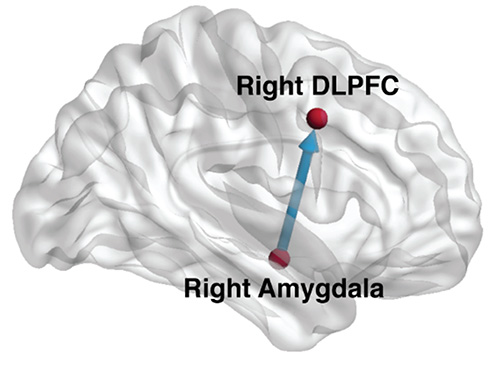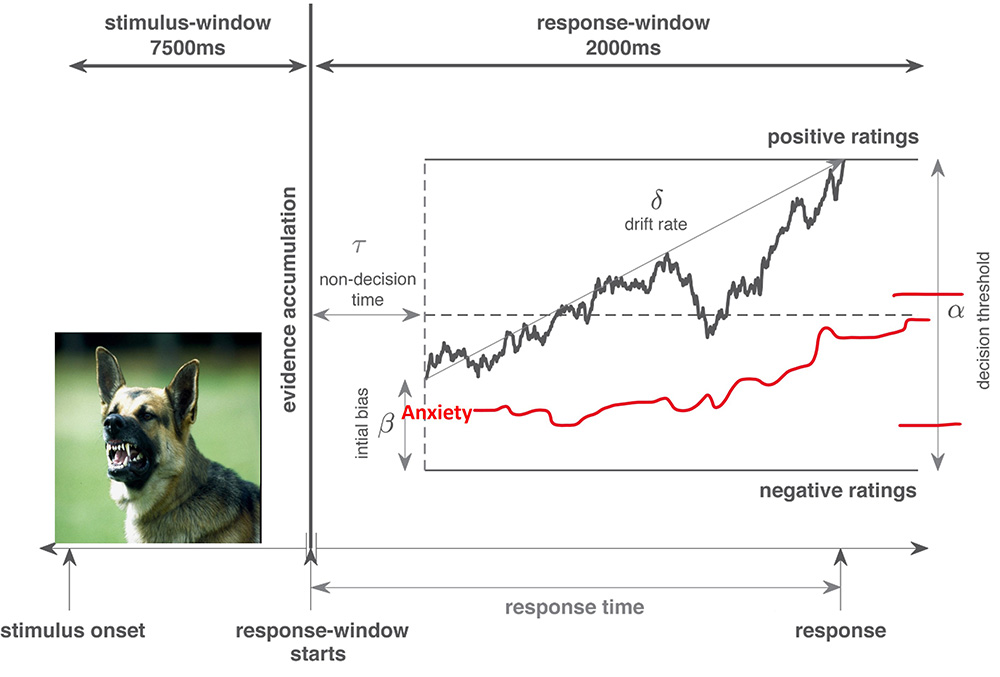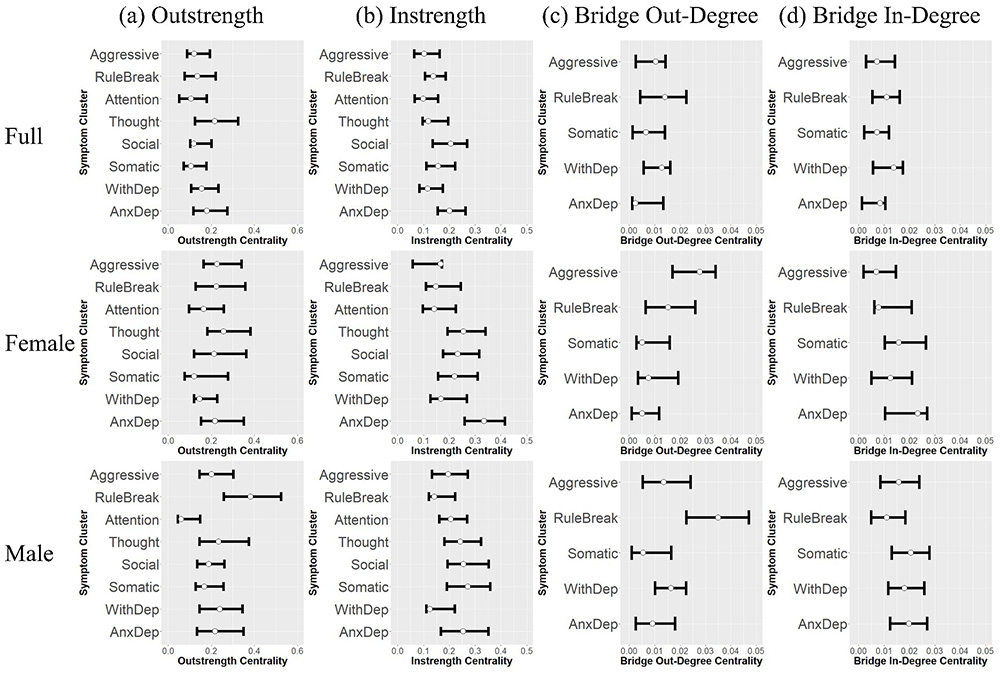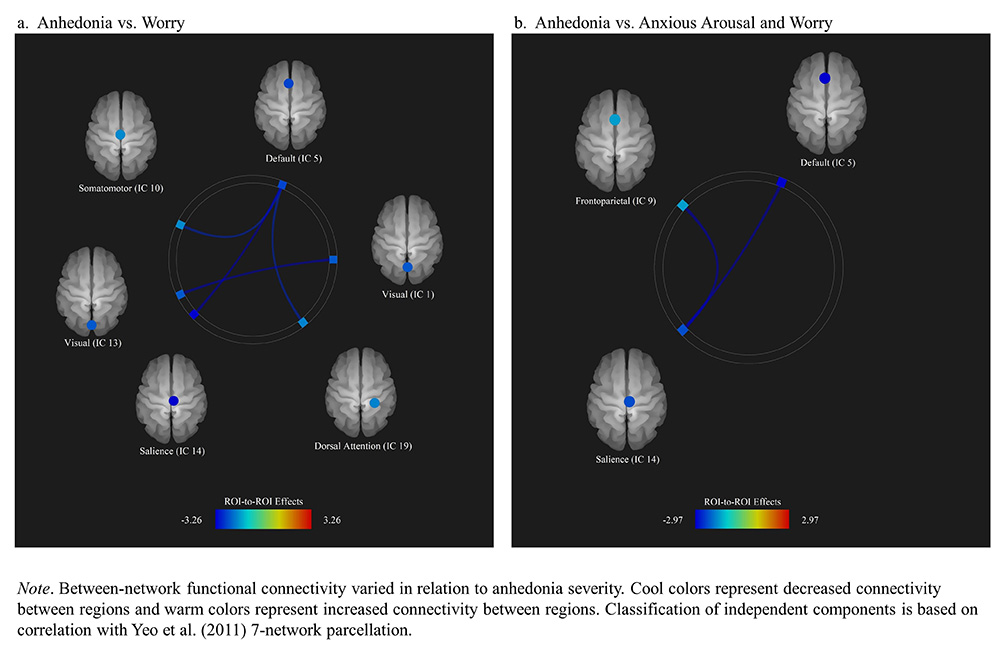
Our lab’s primary research goals are to advance our understanding of how individual differences in cognitive and affective processes increase risk for psychopathology emergence, characterize the course of psychopathology, and affect recovery efforts. We are currently working on several projects that integrate psychological and neurobiological risk factors and investigate the roles of cognitive control, executive function, attention, emotion regulation, and reward sensitivity in the onset and maintenance of anxiety and mood disorders across the lifespan. Our work also investigates how transdiagnostic risk factors might explain the high rates of disorder co-occurrence, and how we might leverage these factors to improve interventions and treatment response. Our interdisciplinary work spans neuroimaging, computational modeling, machine learning, clinical interviews, self-report, and neuropsychological and experimental approaches to understand phenomena of interest. Some pertinent questions that guide our research endeavors are:
- How do individual differences in cognitive and affective processes contribute to the emergence, trajectories, and maintenance of anxiety and mood disorders across the lifespan?
- What are the neurobiological and psychological risk factors that predict the onset and course of psychopathology, and how do they intersect with cognitive and affective processes?
- How do transdiagnostic risk factors contribute to the co-occurrence of different mental disorders, and how do these factors help explain disorder emergence and comorbidity patterns?
- How can the knowledge gained from cognitive, affective, and neurobiological processes be translated into personalized interventions and strategies for improving treatment response and recovery outcomes in individuals with psychopathology?
A few research outcomes relevant to these questions are:
How do anxiety and stress reactivity in children affect emotion-regulation decision-making during reappraisal?
Anxiety and stress reactivity impair emotion regulation decision-making dynamics and have a bottom-up causal amygdala-DLPFC signaling during emotion regulation suggesting that they hijack cognitive control. (Warren et al., 2020)


What are the temporal relationships among transdiagnostic symptom development in children?
Application of graphical vector autoregression network models demonstrate that the developmental cascades between internalizing and externalizing problems may be more bidirectional for boys but more unidirectional for girls (N > 6,000; Adolescent Brain and Cognitive Development project; Liu et al., 2023).

Anhedonia is a prominent characteristic of depression and related pathology that predicts a prolonged course of mood disturbance and treatment resistance. However, the neurobiological mechanisms of anhedonia are poorly understood as a common approach is to evaluate categorical diagnoses (such as MDD) rather than dimensional constructs. How do individual differences in anhedonia alter resting-state networks within-network connectivity and structure, and between-network connectivity? Distinct from anxiety symptoms, anhedonia was associated with visual network hyperconnectivity and altered network compositions, expanding visual, dorsal attention, and default networks. Additionally, anhedonia enhanced between-network hypoconnectivity for salience, dorsal attention, somatomotor, and default networks (Geller et al., 2021).
